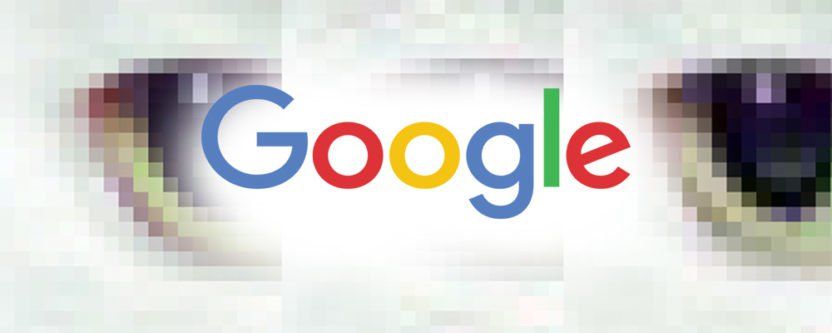Google released a report announcing a new image compression algorithm. The new algorithm is called Guetzli. It is able to reduce the weight of JPG files by 35% on average. With ultimately the hope of having a significant impact on the weight of web pages.
The JPG is by far the most common image format on the web. The compression algorithm, which determines the weight of these files according to the criterion of quality, is therefore a decisive element. Google yesterday announces a new algorithm for precise image compression, Guetzli. That project is an open source (Apache 2.0 license) on GitHub. And now it is available for testing in a GitHub repository .
There is a big difference between Guetzli and other previous works by Google, including WebP. Certainly WebP is based on the PNG format and therefore offers better quality images. But with a major disadvantage: the client reading the file must be compatible with the format, otherwise the image does not appear.
A 35% reduction in the weight of the images
Guetzli – which means “cookie” in German – is based on the work that is already done on the Zopfli algorithm. That is already used to reduce the weight of PNG images and gzip files. And which Brotli (present in Chrome and Edge) is a Important development of this feature. As a result, the JPG files produced are on average 35% smaller than those generated by libjpg. With a significant advantage of remaining perfectly readable by the client.
Guetzli operates in three successive steps: the transformation of the color space , the discrete cosine transform and the quantification . It is particularly during this last stage that the algorithm which makes it different from other algorithms. At the moment when the choices are made on the loss of visual quality. The whole game play is on the perceived quality, the “psycho visual model” of Guetzli which operates at a more detailed level.
Original image – Compression libjpg – Compression Gutzli
Guetzli A much longer processing time
There is, however, one disadvantage, as one might suspect. Since the compression relies on several successive steps. And by using the considerably greater number of calculations, the processing time of an image is “significantly longer” than for an image coded by the conventional library libjpg.
For Google, however, the game is clearly worth the effort. The editor ensures that during the tests carried out, the observers indicates preferring more often the images compressed with Guetzli than the classics. Moreover, the company hopes that the new algorithm will motivate web developers and graphic designers. Since this change could lead to a significant reduction in the weight of web pages, and therefore the bandwidth required.
And now Guetzli is the future?
All that remains is to see to what extent Guetzli will be adopt by users and other developers. Its open source aspect and should contribute to its acceptance. But the key to success will be its possible integration with all the tools involved in the image processing chain. The Adobe suite could play a big role if the publisher decided to offer it. As well as development environments and everything related to image manipulation.
